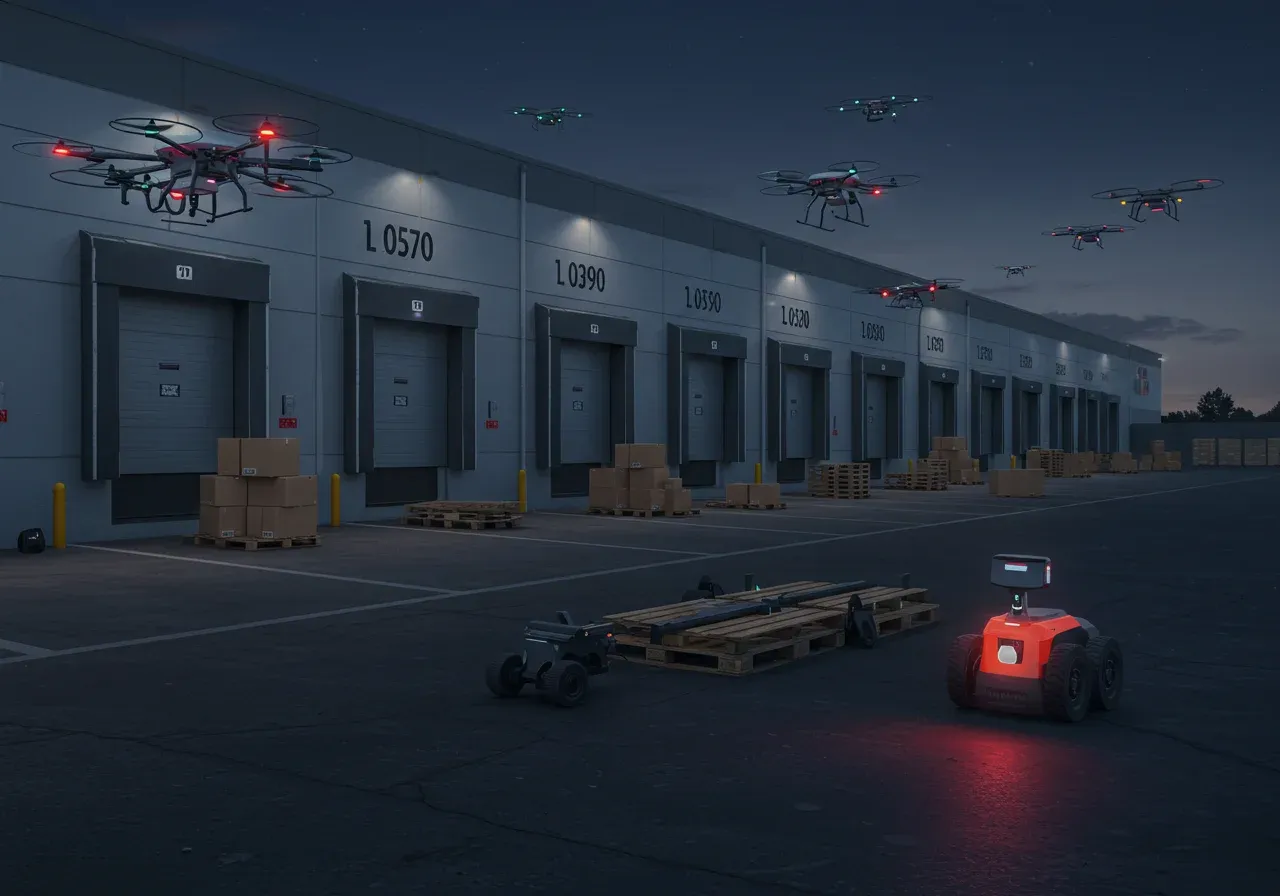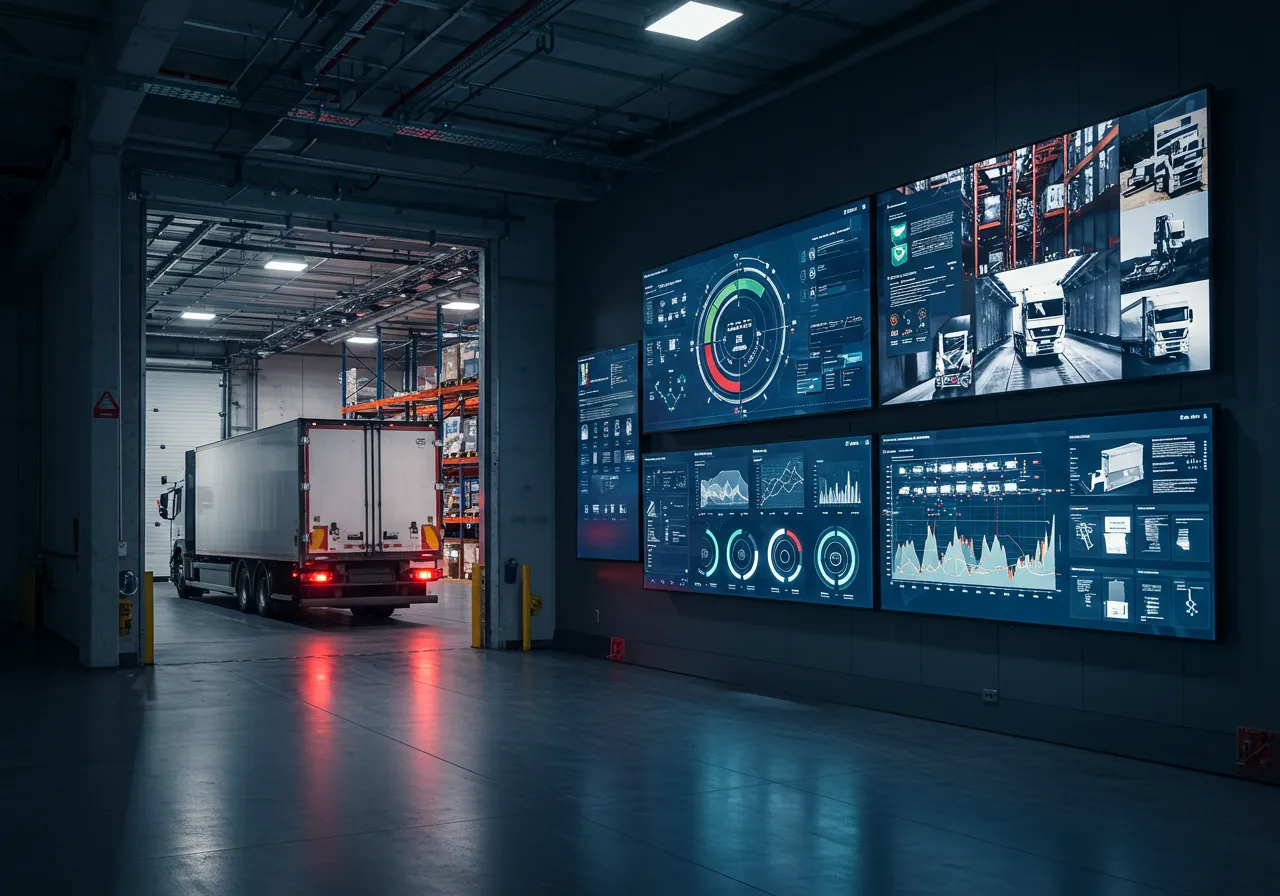
Transform Shipping with Advanced Tech
Leverage IoT sensors and AI algorithms to optimize routes, reduce delays by 30%, and boost supply chain efficiency. Ensure real-time tracking and gain insights for proactive decision-making.
AI-Enhanced Shipping Pathways


Streamline Shipping with Automation
Industries We Serve with Precision
- E-commerce: Our logistics solutions reduce delivery times by 25% through advanced demand forecasting, ensuring customer satisfaction even during peak shopping events. Implementing adaptive supply chain technology, we optimize inventory management, allowing e-commerce platforms to handle sudden surges in orders efficiently.
- Manufacturing: By employing just-in-time inventory systems, we help manufacturers decrease carrying costs by 20%. Our integrated logistics systems synchronize supply chain operations, minimizing downtime and enhancing production efficiency for complex assembly processes in automotive and electronics manufacturing.
- Retail: We enhance retail supply chains with predictive analytics that improve stock replenishment accuracy, cutting down stock-outs by 35%. Our comprehensive logistics framework supports omni-channel strategies, ensuring seamless integration between online and offline store inventory, thus boosting customer experience and sales.
- Healthcare: Our temperature-controlled logistics solutions ensure the safe transportation of sensitive medical supplies, maintaining product integrity across the cold chain. With an emphasis on compliance and traceability, we support healthcare providers in reducing pharmaceutical waste by 15% through precise delivery scheduling and monitoring.
- Automotive: We streamline automotive supply chains by integrating telematics and real-time data tracking, reducing lead times by 30% for critical components. Our expertise in handling multi-tier supplier networks allows automotive companies to achieve synchronized production schedules, thereby enhancing their responsiveness to market demands.
Core Technologies Revolutionizing Logistics
- Route Optimization: Enhance your fleet's efficiency using dynamic route optimization, resulting in up to 20% fuel savings. By integrating real-time traffic data and weather forecasts, logistics managers can minimize delivery times and reduce carbon emissions. In the retail sector, this approach can drastically improve delivery windows, ensuring products are available when and where customers need them.
- Blockchain: Utilize blockchain technology for a transparent and secure supply chain. By implementing smart contracts, transactions are verified automatically, reducing administrative overhead and error rates by 50%. In pharmaceutical logistics, blockchain ensures the integrity and traceability of drug shipments, meeting stringent regulatory requirements and safeguarding public health.
- IoT Tracking: Deploy IoT sensors to monitor shipments continuously in real-time, providing visibility across the supply chain. These sensors can track temperature, humidity, and location, preventing spoilage in perishable goods by up to 30%. In agriculture, IoT tracking ensures that produce reaches retailers in optimal condition, maintaining quality and reducing waste.
- Machine Learning: Leverage machine learning algorithms to predict demand fluctuations and optimize inventory levels. By analyzing past sales data and market trends, companies can reduce overstock and out-of-stock incidents by 40%. This predictive capability is crucial for fashion retail, where rapidly changing trends require quick adaptation to consumer demand.
- Data Analytics: Implement advanced data analytics to drive decision-making and uncover new efficiencies. Analyzing supply chain performance data can lead to a 15% reduction in operational costs. In the automotive industry, data analytics help predict equipment failures, enabling preventive maintenance and avoiding costly production halts.
Technology Features
Real-Time Tracking
Leverage GPS and IoT integration for precise shipment tracking. Gain 24/7 visibility into cargo location and condition, reducing lost shipments by 20%. Enhance customer satisfaction with accurate delivery estimates.
Secure Transactions
Implement blockchain technology for secure, immutable records of shipping transactions. Achieve 99.9% accuracy in data integrity, eliminating fraud and ensuring compliance with industry standards.
Schedule Optimization
Use predictive analytics to dynamically optimize delivery schedules. Decrease delivery times by 15% while maximizing resource allocation and reducing fuel costs by up to 10%.
Time Efficiency
Streamline operations with AI-driven process automation. Cut down on manual processing time by 45%, increasing overall productivity and allowing faster response to market demands.
Elevate Customer Satisfaction with Predictive Logistics

Technology's Impact on Logistics Efficiency
- Enhanced Visibility: Implement real-time GPS and RFID systems to gain continuous insight into shipment locations, reducing unexpected delays by up to 40%. This leads to improved decision-making for route adjustments and inventory management across global supply chains.
- Cost Reduction: Utilize predictive maintenance powered by IoT devices to anticipate machinery failures, cutting downtime and repair costs by 25%. This allows for more efficient allocation of resources and significant savings in operational expenses.
- Improved Customer Experience: Leverage automated communication platforms to provide clients with instant shipment updates and estimated delivery times, improving customer satisfaction rates by 30%. Enhanced transparency builds trust and loyalty among clients.
- Operational Efficiency: Adopt cloud-based logistics management software to streamline warehouse operations, decreasing order processing time by 50%. This integration fosters coordination between supply chain partners and enhances overall throughput.
- Data-Driven Insights: Harness big data analytics to forecast demand trends, enabling inventory optimization that reduces stockouts by 15%. Accurate predictions support strategic planning and adaptive supply chain strategies.
How Our Integrated Solutions Maximize Efficiency
Empower Your Logistics Operations
You may also be interested in
Maximize your potential with our seamless, end-to-end supply chain solutions.

Automation
Leverage state-of-the-art automation to optimize logistics, boosting operational accuracy by up to 30% while minimizing human error. Enhance supply chain agility and cut transit times significantly.

EDI
Enhance accuracy and speed in transactions by integrating EDI, reducing manual errors by up to 90%. Elevate supplier and partner interactions with seamless data exchange, driving efficiency across your logistics network.

Customer Relationship Management (CRM) Integration
Transform your logistics with seamless CRM integration. Improve customer interaction efficiency by 30%, increase order accuracy, and reduce response times, leading to higher customer satisfaction.